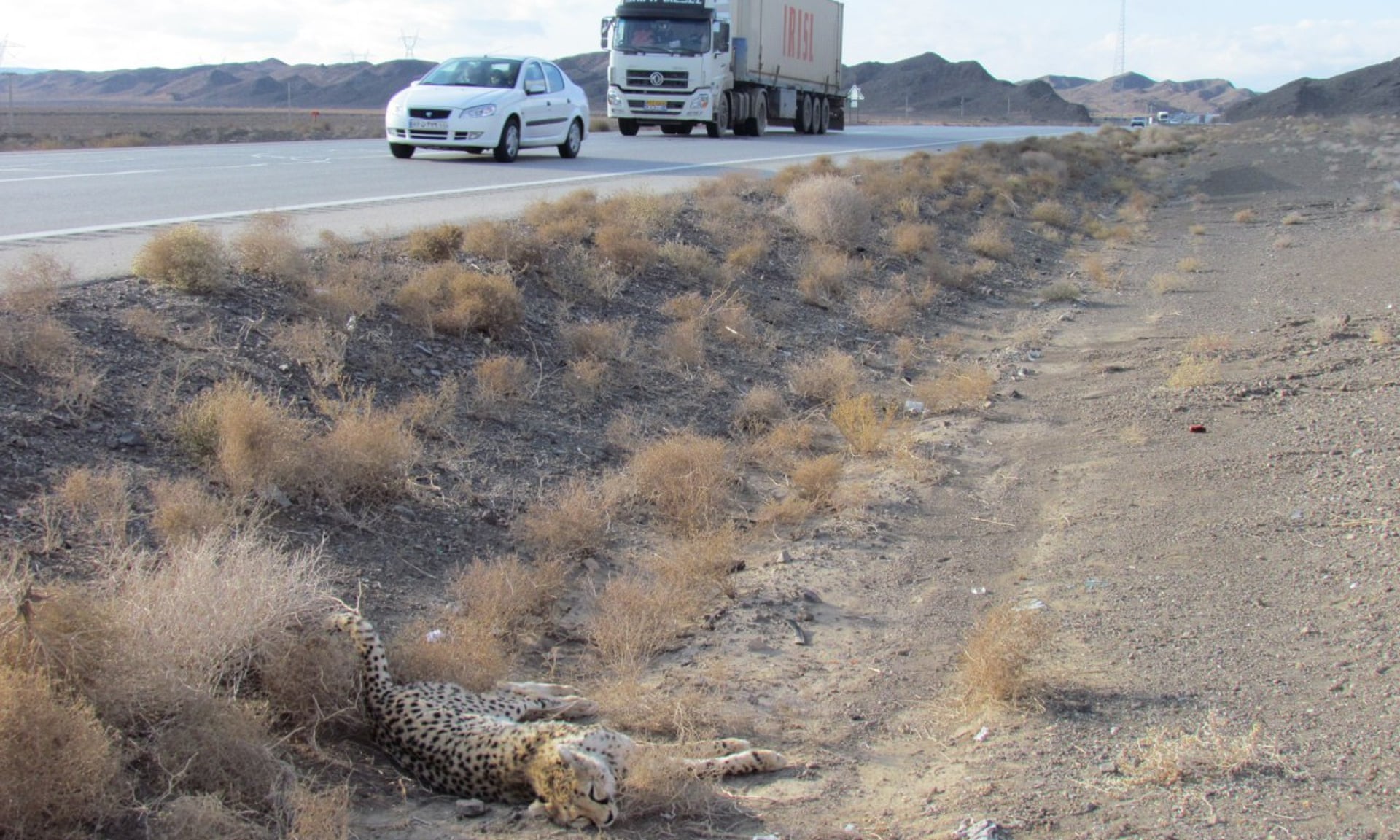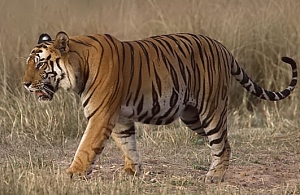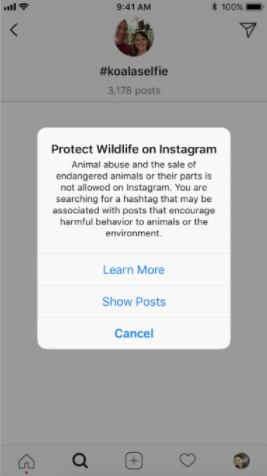 |
| A seven-year-old male Asiatic cheetah. |
The cheetah is one of several species of wild animals that epitomizes Africa in the people's mindset. This is true as seen in countless wildlife documentaries from past and present years. But what most people do not know is that there were and still are cheetahs in Asia. In centuries past, the Asiatic cheetah once ranged throughout the Arabian Peninsula and the Near East to Iran, covering Central Asia and the Caucasus, and extending all the way into India. Proof of these magnificent cats' existence is most notably seen in ancient Indian artwork from the Mughal era in which cheetahs are depicted hunting swift prey such as blackbucks and chinkaras for the emperors and maharajahs. They were also kept as companions for the royalty at the time. However, as time progressed into the 19th and 20th centuries, the attitude towards the cheetah in Asia changed dramatically from being seen as a hunter to the hunted. As a result, countless numbers of cheetahs were killed drastically throughout their former home range and ultimately confining them to the eastern half of Iran. Iran may be the last stronghold for the cheetah, but its numbers had been diminishing perilously since the 1970s due to man-made factors ranging from land-use change, habitat fragmentation and degradation, to persecution. As a result, fewer than 50 cheetahs are now left in Iran putting them on the brink of extinction. Scientists and conservationists are afraid that, without necessary intervention, there is little chance in saving these cats from extinction, especially after a decision made by the United Nations to remove funding from conservation efforts to protect them.
 |
| An ancient Indian painting depicting Mughal emperor Akbar hunting with cheetahs. |
 |
| Despite the presence of signs warning drivers, many cheetahs like this one are killed by vehicles in Iran. |
I do not know how to put it into words, but it is perfectly clear that the Asiatic cheetah is on a knife edge and will become extinct in a span of couple of years, unless drastic action is taken. This magnificent cat was virtually wiped out by anthropogenic factors in countries that were part of its historic range in Asia. Iran managed to save it from becoming extinct - until now. It is now the high time to take serious action to save the cheetah from extinction in Iran. The country had lost the Caspian tiger and Asiatic lion in the past; this cannot happen to the cheetah. With fewer than 50 animals left, it is in a desperate need of help and without substantial financial support from international agencies to Iran's cheetah conservation project, the cheetah will become extinct like the tiger and the lion. I urge the government of Iran to not give up on its cheetah conservation. I also urge the people of Iran to wake up and act upon this conservation issue that has remained unchanged since the 1970s. It is extremely crucial to reach out, educate, and encourage Iran's pastoral communities to refrain from hunting cheetahs and killing them in a retaliatory manner in order to protect their livestock. Instead, they should be provided with livestock guardian dogs like Anatolian Shepherds which were given to farmers in Namibia by the Cheetah Conservation Fund in an effort to prevent retaliatory killings of cheetahs. Furthermore, it is necessary to construct underpass tunnels that run underneath roads to prevent cheetahs from being killed by vehicles and also put an end to mining operations taking place in cheetah territories. The Asiatic cheetah's life hangs in balance and it is never too late to save it. But the world needs to act fast.
View article here

.jpg)





.jpg/800px-Elephas_maximus_(Bandipur).jpg)